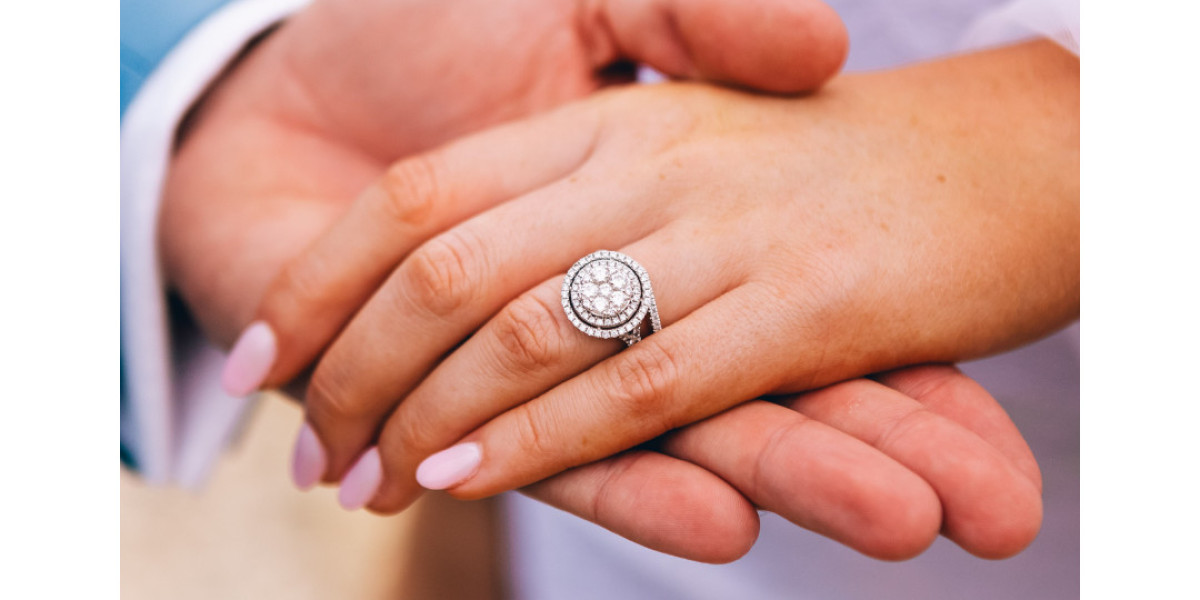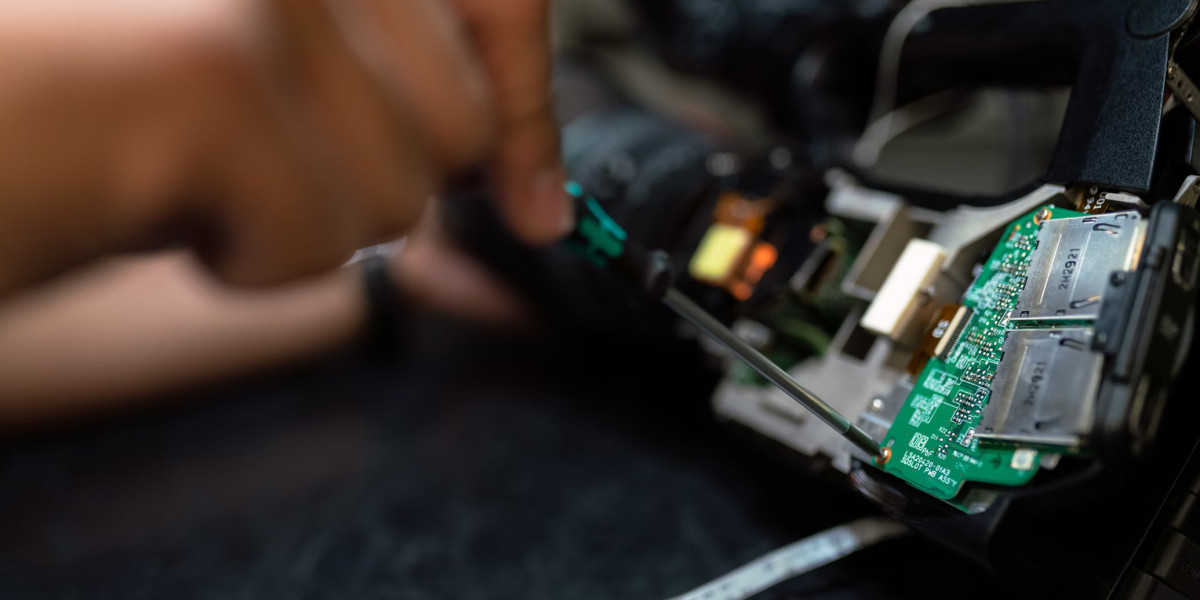When it comes to choosing an engagement ring, many couples are increasingly opting for alternatives to traditional mined diamonds. Two of the most popular choices are lab-grown diamonds and moissanite, both of which offer ethical and sustainable benefits over natural diamonds. But how do they compare in terms of quality, appearance, and cost? In this blog, we’ll explore the key differences between lab-grown diamonds and moissanite engagement rings, so you can make an informed decision for your special day.
What Are Lab-Grown Diamonds?
Lab-grown diamonds, also known as synthetic or man-made diamonds, are gemstones that are created in a controlled laboratory environment, mimicking the natural processes that occur deep within the Earth. These diamonds have the same physical, chemical, and optical properties as natural diamonds. They are made from carbon, the same element that forms natural diamonds, and their crystal structure is identical to that of a mined diamond.
Lab-grown diamonds are produced using two main methods:
High-Pressure High-Temperature (HPHT): This method simulates the intense heat and pressure found deep in the Earth’s mantle, where natural diamonds are formed. Carbon atoms are compressed under high pressure to create a diamond crystal.
Chemical Vapor Deposition (CVD): In this process, carbon gases are heated to create a plasma, allowing carbon atoms to deposit on a substrate and form diamond crystals layer by layer.
Lab-grown diamonds are typically graded using the same criteria as natural diamonds: the 4 Cs—carat weight, cut, color, and clarity. Because of this, they are indistinguishable from mined diamonds without specialized equipment.
What Is Moissanite?
Moissanite, on the other hand, is a gemstone made from silicon carbide, a compound first discovered in a meteorite by French scientist Henri Moissan in 1893. Natural moissanite is extremely rare, so most moissanite gemstones used in engagement rings today are lab-grown.
Moissanite has a unique set of qualities that distinguish it from diamonds. It has a higher refractive index (2.65-2.69) than diamonds (2.42), which means it bends light more intensely, giving it incredible brilliance and fire. This results in a colorful, rainbow-like sparkle that is often more noticeable than a diamond’s shine.
Unlike diamonds, which are composed purely of carbon, moissanite is made of silicon carbide, which has a different chemical structure. This gives moissanite its distinctive visual properties, such as its exceptional dispersion of light.
Comparing the Appearance: Sparkle and Brilliance
One of the key factors many people consider when purchasing an engagement ring is the sparkle of the gemstone. While both lab-grown diamonds and moissanite are beautiful stones, their sparkle differs in intensity and quality.
Lab-Grown Diamonds: Lab-grown diamonds have a brilliance that is often compared to that of natural diamonds, thanks to their identical chemical composition and crystal structure. When cut well, lab-grown diamonds can produce a dazzling sparkle that reflects light beautifully. However, they have a lower dispersion of light than moissanite, meaning they do not produce as much of the rainbow-colored fire that many people associate with brilliance.
Moissanite: Moissanite is known for its incredible fire and sparkle. Its higher refractive index allows it to reflect light in a way that creates intense flashes of color. This often gives moissanite engagement rings a more vibrant and colorful appearance compared to lab-grown diamonds. While some people may prefer the understated elegance of diamonds, others are drawn to the more striking and noticeable shine of moissanite.
Durability: Which Stone Lasts Longer?
When it comes to durability, both lab-grown diamonds and moissanite are highly resistant to scratching and damage, but there are some differences.
Lab-Grown Diamonds: As diamonds are the hardest known natural material, lab-grown diamonds share this characteristic. With a hardness of 10 on the Mohs scale, lab-grown diamonds are extremely resistant to scratching, making them ideal for everyday wear, especially in engagement rings that are worn daily.
Moissanite: Moissanite is also incredibly durable, scoring 9.25 on the Mohs scale. While slightly softer than diamonds, it is still harder than many other gemstones, including sapphires and rubies. Moissanite is highly resistant to scratching and is suitable for daily wear, though it may show some wear over time if subjected to extremely harsh conditions.
Cost Comparison: Which Option is More Affordable?
One of the most significant differences between lab-grown diamonds and moissanite is the cost. Lab-grown diamonds, although generally less expensive than mined diamonds, are still more expensive than moissanite.
Lab-Grown Diamonds: The price of a lab-grown diamond depends on the 4 Cs—carat, cut, color, and clarity. A high-quality lab-grown diamond can cost anywhere from 20-40% less than a natural diamond of the same size and quality. However, because they are still considered diamonds, lab-grown diamonds can still carry a premium price tag.
Moissanite: Moissanite engagement rings are far more affordable than lab-grown diamonds. A moissanite stone can cost significantly less, sometimes as much as 80% less than a diamond of similar size and quality. This makes moissanite a popular choice for couples who want a stunning engagement ring without the high cost of a diamond.
Ethical Considerations: Lab-Grown vs. Moissanite
Both lab-grown diamonds and moissanite are ethical and conflict-free options. Lab-grown diamonds are produced in a controlled environment, eliminating the ethical concerns associated with mined diamonds, such as exploitation of workers and environmental destruction. However, since they are still diamonds, lab-grown diamonds may be marketed with the same prestige as natural diamonds.
Moissanite, as a lab-grown gemstone, is also a sustainable and ethical choice. It is not associated with mining or the environmental and social issues tied to the diamond industry. Additionally, since moissanite is made from silicon carbide, a material that is abundant in nature, it is considered an eco-friendly alternative to both mined and lab-grown diamonds.
Which One Should You Choose?
The decision between a lab-grown diamond and a moissanite engagement ring ultimately comes down to personal preferences regarding appearance, cost, and ethical considerations.
If you prefer the timeless appeal of diamonds and are willing to invest in a gemstone with similar properties to a natural diamond, a lab-grown diamond might be the right choice for you. Its brilliance, durability, and long-lasting value make it a great option for those who want a true diamond experience.
On the other hand, if you are drawn to a gemstone with more fire and sparkle, and you are looking for a more budget-friendly and ethical alternative, a moissanite engagement ring might be the perfect fit. Moissanite’s brilliance, durability, and significantly lower cost make it an excellent choice for couples who want a beautiful ring without the high price tag of a diamond.
Conclusion: Finding the Right Ring for You
Both lab-grown diamonds and moissanite engagement rings offer stunning alternatives to natural diamonds. Lab-grown diamonds provide the durability, prestige, and sparkle of a diamond, while moissanite offers an unmatched brilliance, superior value, and ethical sourcing. Your decision will depend on your personal preferences, budget, and the type of sparkle you want for your engagement ring.
Whether you choose a lab-grown diamond or a moissanite engagement ring, both offer a responsible and beautiful option that ensures you can celebrate your love in a way that aligns with your values.








